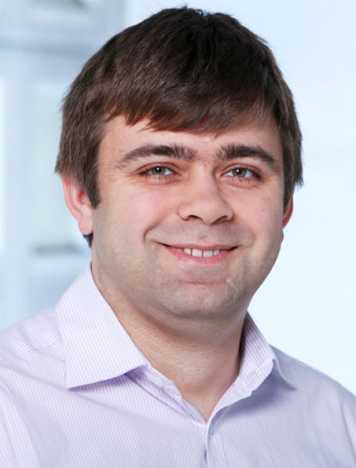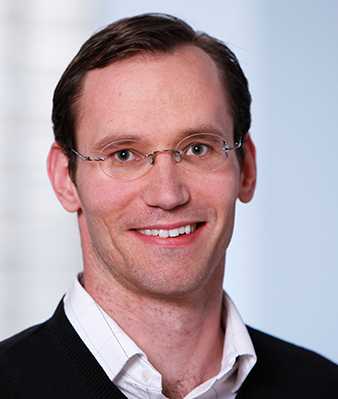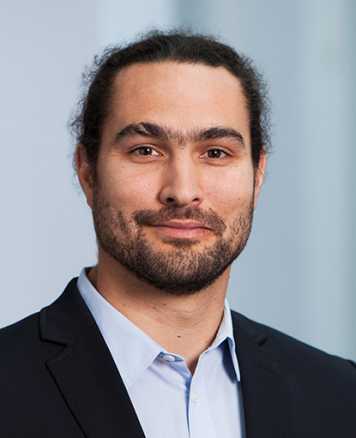Our congratulations to our members for receiving an ERC Grant!
The ESC is delighted to congratulate four of our members for receving an European Research Council (ERC) and Proof of Concept (PoC) Grant

Eleni Chatzi, Professor of Structural Mechanics, has also successfully applied for a European grant. In September, she received a Proof of Concept Grant. This will allow her to implement feasibility studies and business plans for earlier ideas. The PoC Grant is endowed with about 130,000 francs.

Chemist Maksym Kovalenko researches metal halides which emit light in response to the passage of an electric current or when excited optically. In his ERC project, he uses chemical engineering approaches to broadly tune the optical properties of these materials. The aim is to develop various forms of non-toxic light sources, including nanocrystals, thin films and composites, for a wide range of applications. These could be employed in television displays, solar cells, photodetectors or detectors for radioactivity, or even future quantum communications technologies.

Christoph Müller is developing novel materials for CO2 capture and catalysis. With his ERC grant he wants to improve the ability of alkaline-earth metal oxides to capture a large quantity of CO2 at a high rate and regenerate it with high cyclic stability. Müller’s group intends to fabricate model systems and characterise their structure and surface chemistry in detail. This will allow them to formulate a roadmap to fabricate improved CO2 sorbents, with the overall goal of reducing the costs of CO2 capture.

The research of Nicolas Noiray deals with fluid mechanics, combustion and acoustics, with applications to power generation and aeronautics. In his ERC project, he aims at developing novel passive and active control technologies to prevent harmful thermoacoustic instabilities in future gas turbine combustors: First, by creating metamaterials with broadband acoustic damping in harsh environments; second, by applying plasma to coherently enhance autoignition. These large gas turbines produce several hundred megawatts with more than 60 percent combined-cycle efficiency. Their sequential combustor architecture allows for combustion of hydrogen supplied from power-to-gas technologies that may be deployed in future sustainable energy networks.